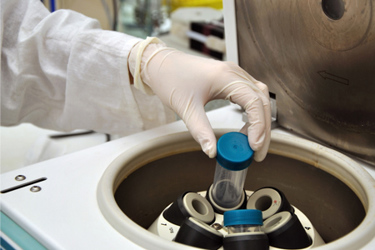Centrifugation Of High Cell Density Mammalian Cell Cultures – Mitigating The Impact Of Shear

The first step in downstream purification for production of most therapeutic proteins and monoclonal antibodies entails separating the product of interest in the bioreactor from cells, cell debris, colloids, and other particulates and suspended impurities. For mammalian cell cultures, the harvesting process plays an important role in the success of the overall process and needs to be a good fit with the cell line, cell density and viability, and bioreactor size, otherwise this step can introduce a significant risk and complications in subsequent downstream operations.
To meet growing demand for monoclonal antibody products, manufacturers are shifting to high cell density cultures with extended cell culture times. While this aids in increasing productivity, the high shear environment prevailing in an industrial centrifuge can damage cells and increase the number of submicron particles (fines) that cannot be removed by the centrifuge. Subsequently, centrifugation has become a potential bottleneck for downstream processes. Optimizing the harvesting process is crucial to avoid risk and complications in downstream operations. Explore how to rapidly assess the shear sensitivity of the cells, identify root causes, and strategize mitigation plans.
Get unlimited access to:
Enter your credentials below to log in. Not yet a member of Bioprocess Online? Subscribe today.
